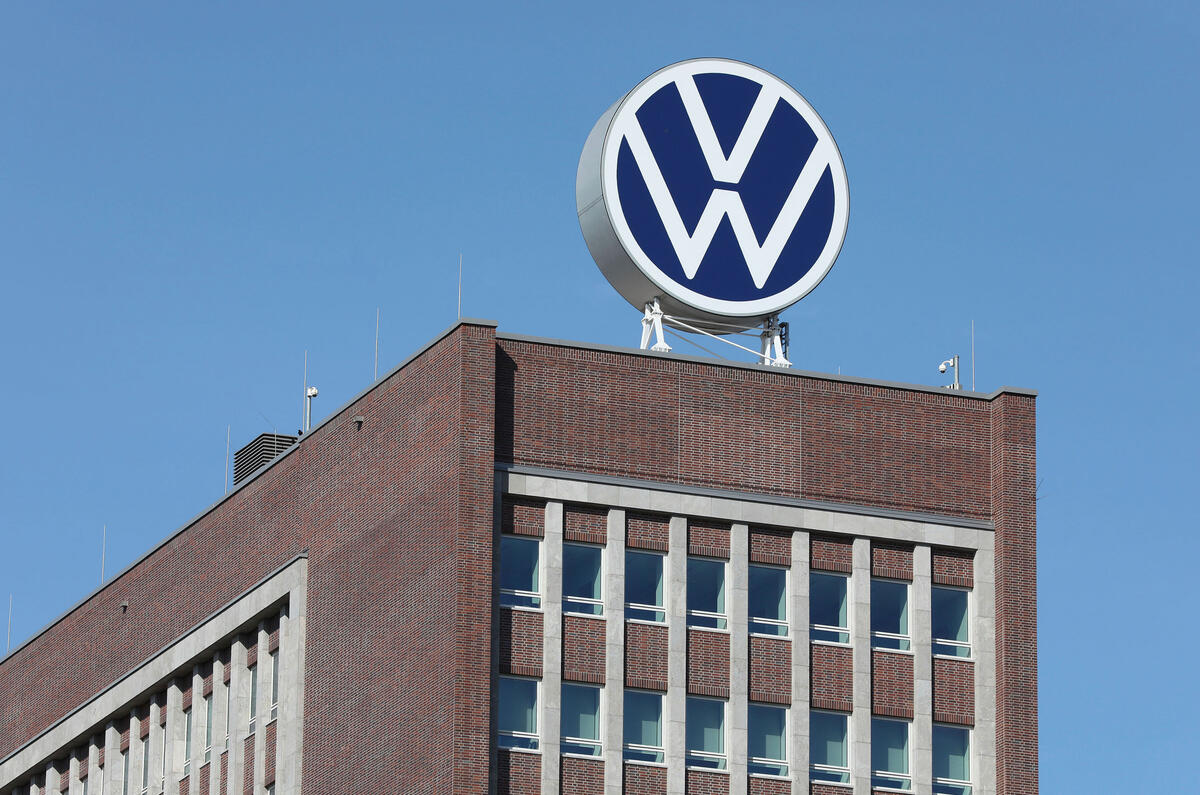The mask of unity presented by the European car makers’ lobbying association, ACEA, severely cracked earlier this month when Stellantis announced it was leaving to set up its own pressure group.
As the second-largest member of the group, Stellantis was a key supporter of the organisation and also one of biggest funders via its undisclosed annual fee.









Add your comment